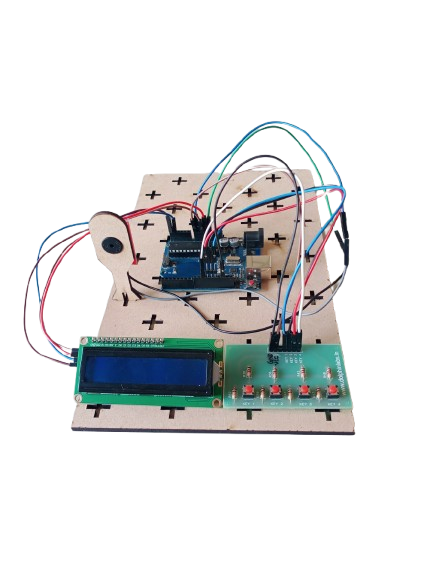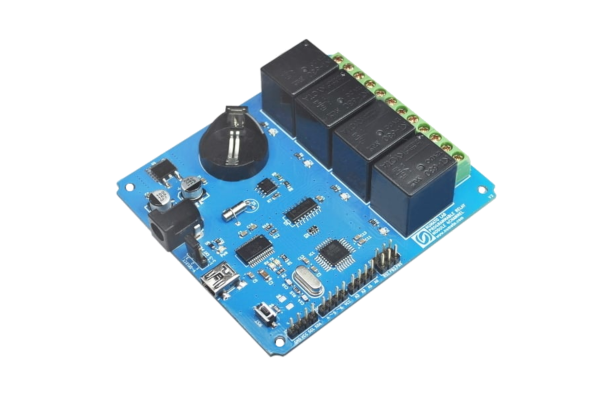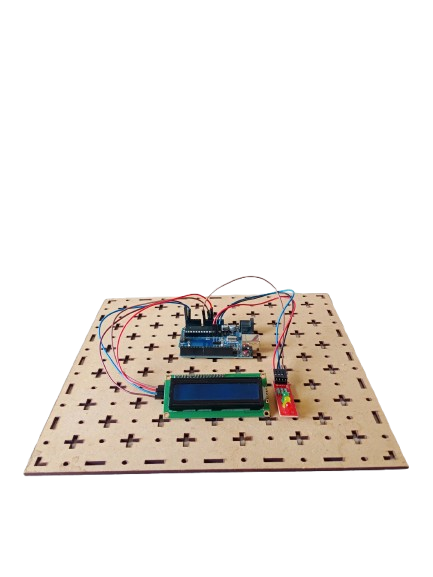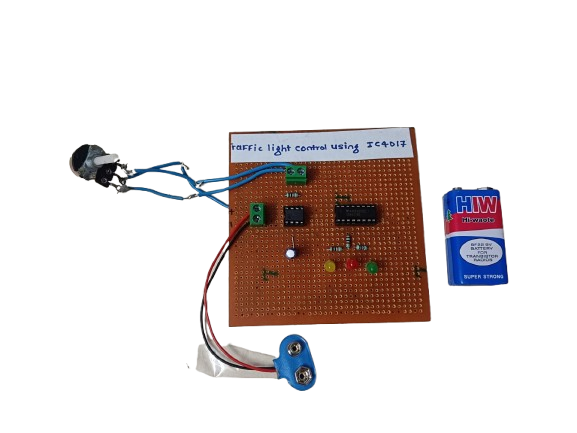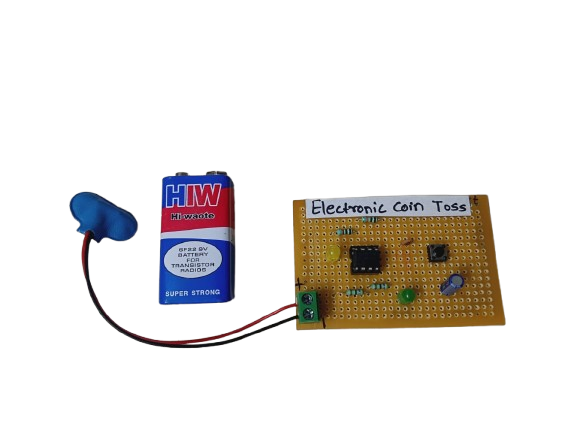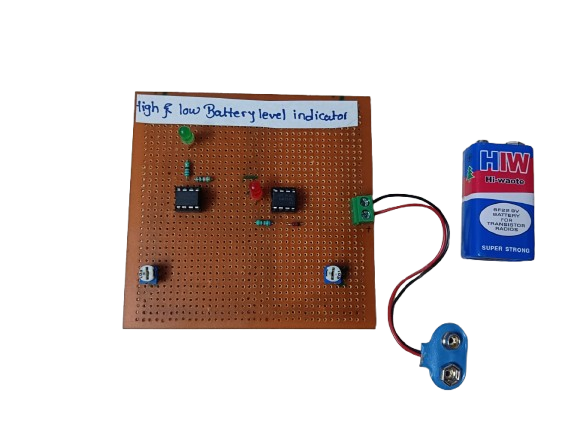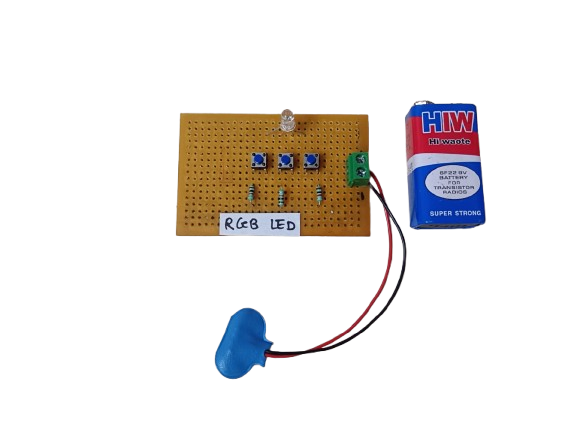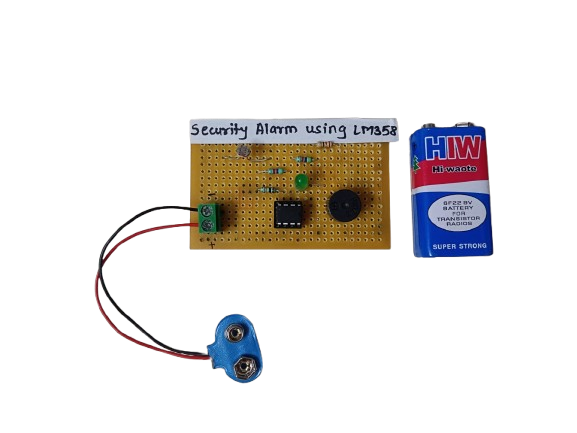Fire Detector Alarm
₹190.00
In StockA Fire Detector Alarm is an electronic system designed to detect the presence of fire or high heat and trigger an audible or visual alarm. It typically uses sensors like thermistors, temperature sensors, or flame sensors to detect abnormal conditions indicating fire.
Description
A Fire Detector Alarm is a crucial safety device used to identify early signs of fire, such as a rise in temperature, smoke, or the presence of flame, and then activate an alarm system to warn users. The core of the circuit is a sensor—such as an NTC thermistor (which changes resistance with temperature) or a flame sensor module (which detects infrared radiation from fire).
When the sensor detects abnormal conditions like a sudden temperature rise or flame, the circuit sends a signal to trigger a buzzer, siren, or LED indicator. These alarms are vital for early fire detection and prevention, especially in homes, offices, factories, and vehicles.
This circuit is simple, low-cost, and suitable for DIY electronics, school projects, and practical safety implementations.
Applications:
1.Home Fire Safety
1.Early fire detection in kitchens, rooms, or electrical panels.
2.Industrial Safety Systems
1.Alerts when equipment overheats or sparks cause fire.
3.Automotive Fire Warning
1.Alerts drivers of engine compartment fires.
4.School and College Projects
1.Demonstrates fire safety electronics and sensor interfacing.
5.Smart Systems
1.Can be integrated with Arduino or IoT systems for remote fire alert via SMS or apps.
-
A Reaction Time Game is an interactive electronic project designed to measure a user’s response speed. Using an Arduino, keypad, buzzer, and LCD, the system tests how quickly a player can respond to a visual or auditory signal. This project is widely used in educational setups, gaming, and psychology experiments to study reflexes and reaction times.
-
The Conveyor Belt Object Counter using LDR and 7-Segment Display with the 8051 microcontroller is designed to count objects passing in front of an LDR (Light Dependent Resistor) sensor. The system works by detecting light interruptions when an object crosses the sensor, causing a change in the LDR’s resistance. The microcontroller processes this change and increments an object count. The count is then displayed on a 7-segment display.
-
A Traffic Light Signal is an electronic project designed to manage vehicle and pedestrian traffic at intersections. Using Arduino, LEDs (Red, Yellow, Green), and an LCD, the system simulates real-world traffic light behavior, displaying signal changes with appropriate timing. This project demonstrates traffic management, embedded system programming, and microcontroller-based automation.





